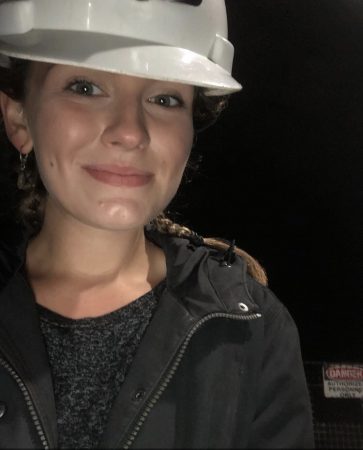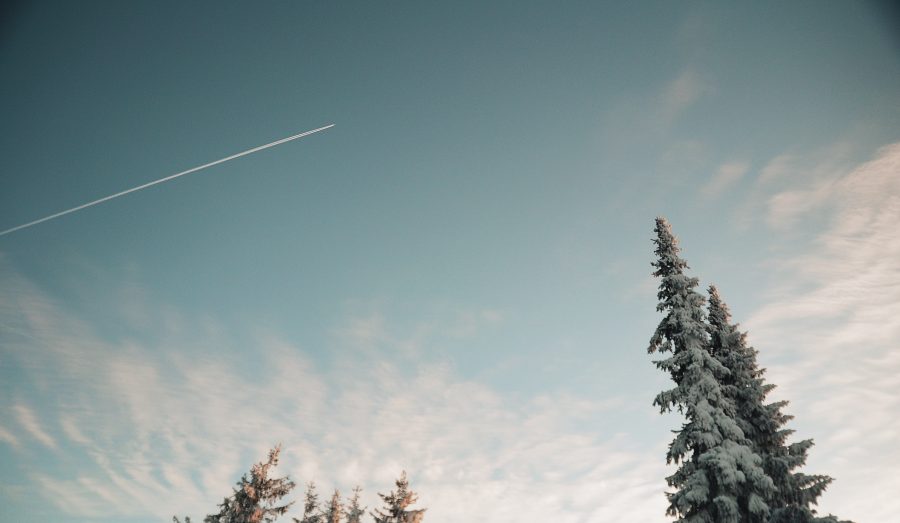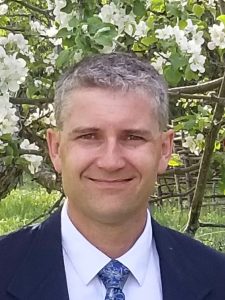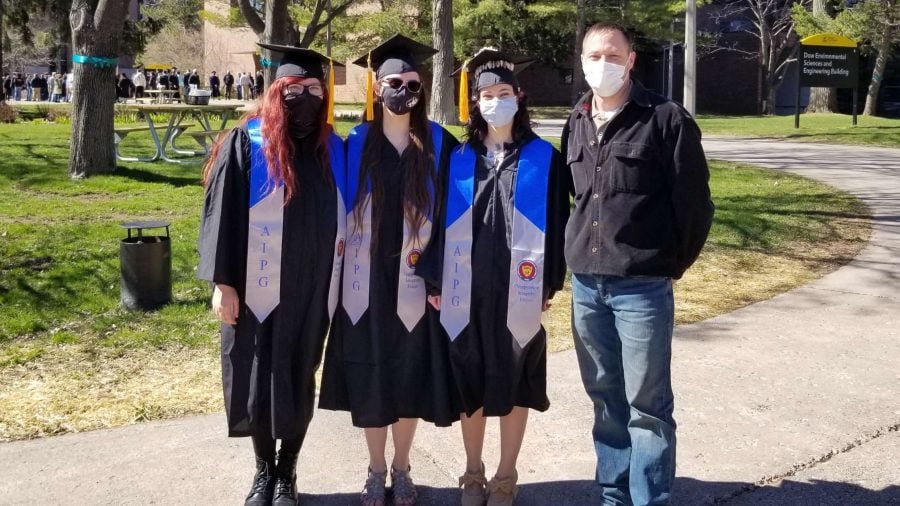
Emily Street, a fourth-year mining engineering student at the Department of Geological and Mining Engineering and Sciences, received the prestigious, highly competitive Copper Club Lord Bagri Scholarship. Her essay, ‘The Importance of Copper in the 21st Century,’ gives the reader a passionate viewpoint, written by an outstanding, hardworking student ancestrally connected to the industry.
The Copper Club, Inc, formed in 1944, is the leading organization for networking, educational grants, and events for those who support the copper industry. The Copper Club Scholarship Fund provides scholarships to students majoring in geoscience or other fields related to the production of copper or copper products. A $15,000 award goes to one student who shows exceptional merit demonstrated by excellent grades, with a necessity for financial aid. In letters of recommendation, Michigan Tech faculty can quote praising, “… she will be a role model for the next-generation mining and geosciences students”, and “…Ms. Street will have a transformative impact on the mining industry as she transitions from student to professional.” A well-deserving student to receive this award, indeed.

“I was honored to be nominated as MTU’s representative for the Copper Club Scholarship 2021-22, and I am humbled to represent the college as a recipient of The Lord Bagri Scholarship. I am thankful to be a part of the mining engineering program at MTU and to have the opportunity to be taught by such passionate and knowledgeable industry leaders. I am currently working as a summer mine engineering intern at LafargeHolcim in Presque Isle, Michigan; I hope to use the hands-on experience I gain at the quarry this summer to further my knowledge in my senior year in the program. Attending Michigan Tech’s newly resurrected mining engineering program, while a rigorous curriculum, has taught me more than I could have ever imagined. I am proud to be a student here, at what was originally the Michigan Mining School, and to be able to work as a miner in the industry that brought my family to the Keweenaw nearly one hundred years ago!” – Emily Street
https://www.copperclub.org/scholarships-awards/
















